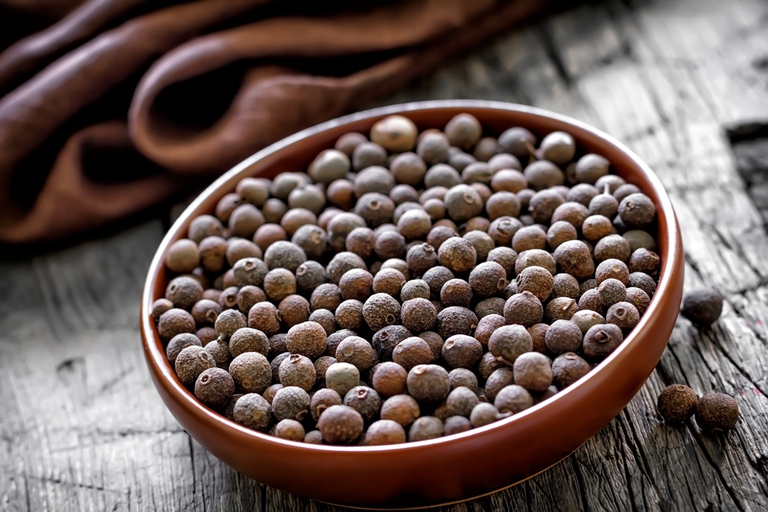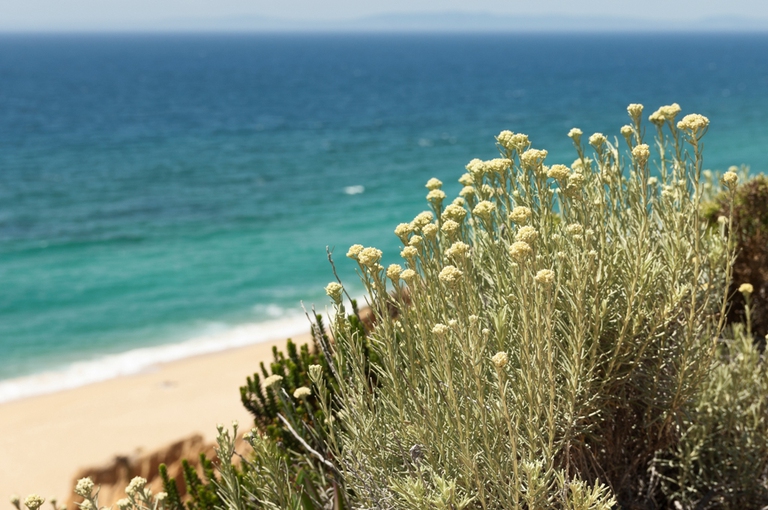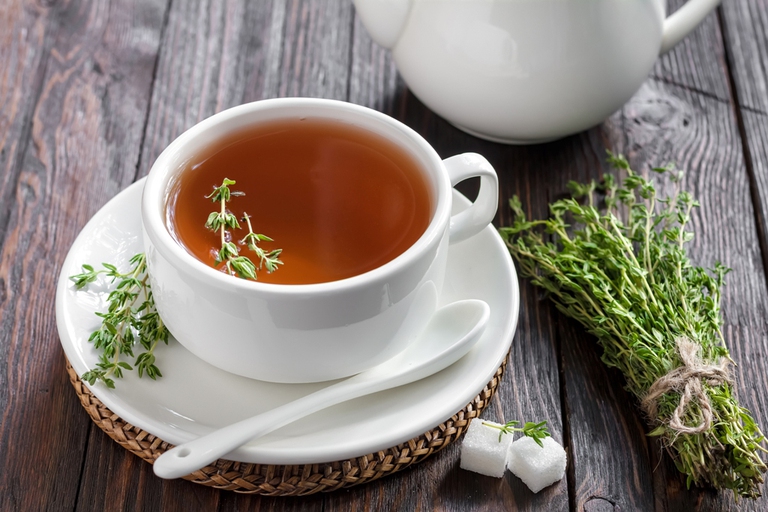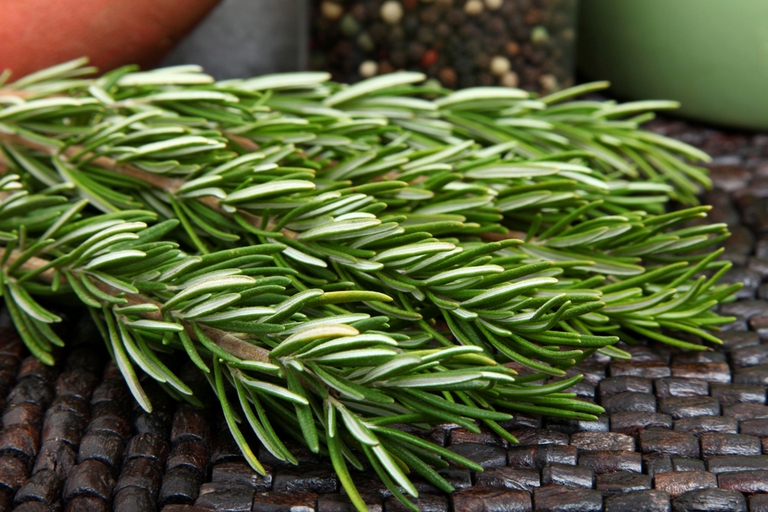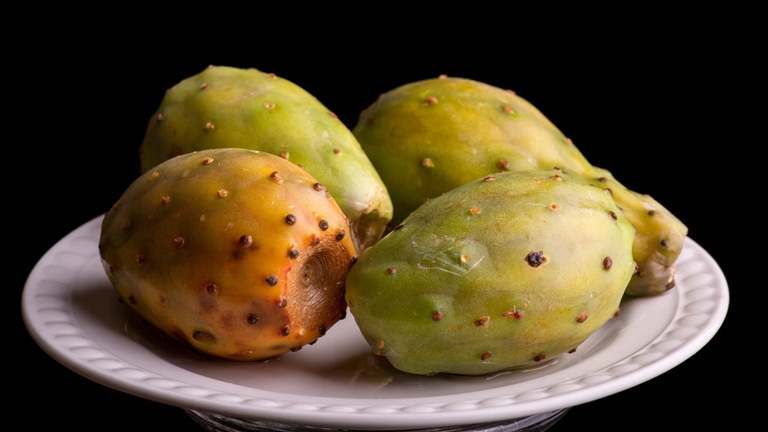
Kalongo Hospital in Uganda is on high alert. Medics are facing the pandemic amid an already precarious healthcare situation, in a country with only 55 intensive care beds.
Myrtle, prickly pears, thyme, helicrysum and rosemary are plants that with their medicinal properties contribute to the wellness of your body.
With its luxuriant vegetation this island of the Mediterranean holds treasures for our health and beauty. Precious elements are found in the leaves, flowers and roots of a few plants native to Sardinia. Thanks to phytotherapy, let’s discover which plants can help us improve our wellness in a natural way.
Known and employed for ancient times, this herb has sweetly scented flowers with golden stamens and dark green shiny leaves and stalks permeated with a spicy aroma. Since the Middle Ages myrtle is used for ornamental, culinary and even therapeutic purposes. Its essential oil is balmy and antiseptic and the tannins it contains have an astringent and antibacterial effect. This is why myrtle is one of the most common ingredients in Sardinia and in other areas of Italy used to prepare balmy teas and recommended mostly in case of bronchial disorders: its leaves and flowers are used fresh or dry for the purpose. Some use its berries and leaves to savour grilled meat while some vegetarians prefer its flowers to enrich fruit salads. Myrtle is also the central ingredient of a famous liqueur produced in Sardinia, mirto. Through the distillation process to extract its essential oil an aromatic liquid is obtained, which in the past was called “water of angels”, because it has beneficial effects on the face skin.
It is recognisable for its yellow flowers, whose umbrella-like shape depends on the many heads it is composed of. It’s not by chance that its name means “golden sun”. Its flowers are used to prepare decoctions, infusions and mother tincture. Thanks to its anti-inflammatory, anti-allergic and balsamic properties, helichrysum is recommended in case of sunburn and chilblain; this is why it is the main ingredient of some creams. Its hydroalcoholic extract is used to treat psoriasis and eczema in the form of decoction or infusion. The positive effects of helichrysum in the treatment of skin problems were recorded in italy by Dr Leonardo Santini (1904-1983), who found improvements not only in the patients who suffered from psoriasis, but also in those having arthritis and arthrosis. Helichrysum infusions and decoctions are used to alleviate the cough and are beneficial in case of varicose veins and rheumatic pain.
There is plenty of thyme in Sardinia as in many other regions of Italy. There are many varieties – including maritime and creeping thyme (which, in its turn, includes the golden variety and the golden lemon variety) – and they are all better exposed to the sun. Although all its different varieties have medicinal properties, the creeping thyme is the most beneficial one. The infusion of its leaves are an excellent tonic for digestion. Decoctions and infusions alleviate respiratory system diseases, particularly in case of cough. Its essential oil – that shouldn’t be taken orally because it is toxic – has antiseptic properties: adding a few drops of oil into the bathing water alleviates joint pains. To ease rheumatism pain, you can prepare an infusion with marjoram, creeping thyme and sage (a teaspoonful of each plant) and add it to the bathing water.
Its Latin name means “dew of the sea”. In ancient times, this plant was used for the fumigation and purification of the environments. In phytotherapy its leaves are used in infusion form because they trigger the blood flow and foster digestion; rosemary has beneficial effects even on arthritic and rheumatic pain. The infusion also functions as a natural mouthwash and because of its antibacterial properties it can be added to the bathing water. Its essential oil – that should be avoided during pregnancy – has expectorant and fluidising properties and it should be inhaled in case of sinusitis, otitis and cough.
The prickly pear, a plant native to Mexico, thanks to its ability to adapt to extreme climate conditions (hot weather and lack of water), developed important nutritious properties. The fruits contain calcium, iron, phosphorus and vitamins (B1, B2, PP, A, C) and the flowers are rich in flavonoids, so they have antioxidant properties. Cladodes, their juicy leaves, are rich in fibers and mucilage and lower the glycemic index in the blood. Its oil is rich in vitamin E and essential fatty acids, which have antioxidant properties too. Traditionally, it was used to treat scars because it makes the skin elastic and tonic, regenerating cells.
Siamo anche su WhatsApp. Segui il canale ufficiale LifeGate per restare aggiornata, aggiornato sulle ultime notizie e sulle nostre attività.
![]()
Quest'opera è distribuita con Licenza Creative Commons Attribuzione - Non commerciale - Non opere derivate 4.0 Internazionale.
Kalongo Hospital in Uganda is on high alert. Medics are facing the pandemic amid an already precarious healthcare situation, in a country with only 55 intensive care beds.
Indigenous peoples in the isolated region are suffering from poor access to health, with several cities becoming hotspots of coronavirus in the Amazon. Indigenous leaders, health experts and NGOs are calling for international help.
The government believes it’s on the right track to addressing the coronavirus in Bangladesh. But millions don’t have enough food and as most hospitals refuse patients with a fever and cough, the poor are dying.
The coronavirus in Africa could completely overwhelm healthcare systems neglected for years. Yet Zambia has refrained from imposing the type of far-reaching lockdown seen in nations such as South Africa.
The city of Guayaquil in Ecuador has become the coronavirus epicentre in Latin America, offering a dire warning of what could happen throughout the region. People are dying so fast that bodies are left in their homes, or in the streets, for days.
These days her phone hasn’t stopped ringing but Ilaria Capua continues sharing her knowledge to spread information about the novel coronavirus. In this interview she highlights the importance of sustainability.
The consequences of the novel coronavirus or Covid-19: what are the symptoms, what the death toll is, whether there’re a cure, how China has been affected. And why it’s been labelled an emergency also in economic terms.
Natural remedies can be very helpful when it comes to not feeling cold in winter: here are some ways to keep the body warm, at home and outdoors, including what to eat to increase body heat.
The kambo medicine uses the secretion of the green tree frog. We speak to Tanja Lucev, who organises kambo retreats in Guatemala, about the benefits of the traditional shamanic experience.
